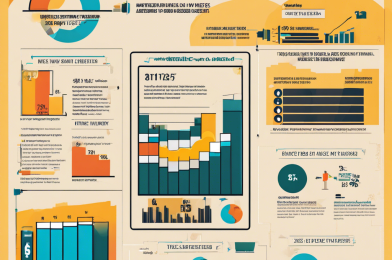Finding the perfect agency partner can be a transformative step for businesses, offering specialized expertise and fresh perspectives to drive growth and success. However, selecting the right agency can be a challenging process. With numerous agencies specializing in diverse areas such as marketing, advertising, public relations, and more, how can businesses make an informed decision? This guide provides a comprehensive approach to help businesses identify the ideal agency partner.
First and foremost, understanding your business needs is crucial. Identify the specific areas where you require external support. Are you looking to enhance your marketing strategies, redesign your brand identity, or boost your online presence? Clearly defining your goals and objectives will narrow down the type of agency you should seek. For instance, a digital marketing agency might be ideal for improving online engagement, while a branding agency could help revamp your visual identity.
Once you’ve identified your needs, research potential agencies that align with your industry and requirements. Scrutinize their websites, review their client portfolios, and assess their past projects and success stories. Look for agencies with relevant experience in your field, as they’re more likely to understand your unique challenges and opportunities. Don’t shy away from checking testimonials and case studies, as these provide valuable insights into their work ethic and performance.
Qualities to look for in an agency partner include a strong track record of successful projects, a proven ability to adapt to changing market trends, and a team of dedicated experts in their respective fields. You should also consider their level of enthusiasm and passion for your project, as it reflects their commitment to delivering exceptional results.
Consider reaching out to their past and current clients to gauge their satisfaction levels. This will help validate the agency’s claims and give you a realistic idea of what it’s like to work with them. Ask about their communication style, project management approach, and the overall impact the agency had on their business.
In addition to experience and reputation, compatibility is another essential factor. The agency should align with your values, culture, and communication preferences to ensure a smooth partnership.









